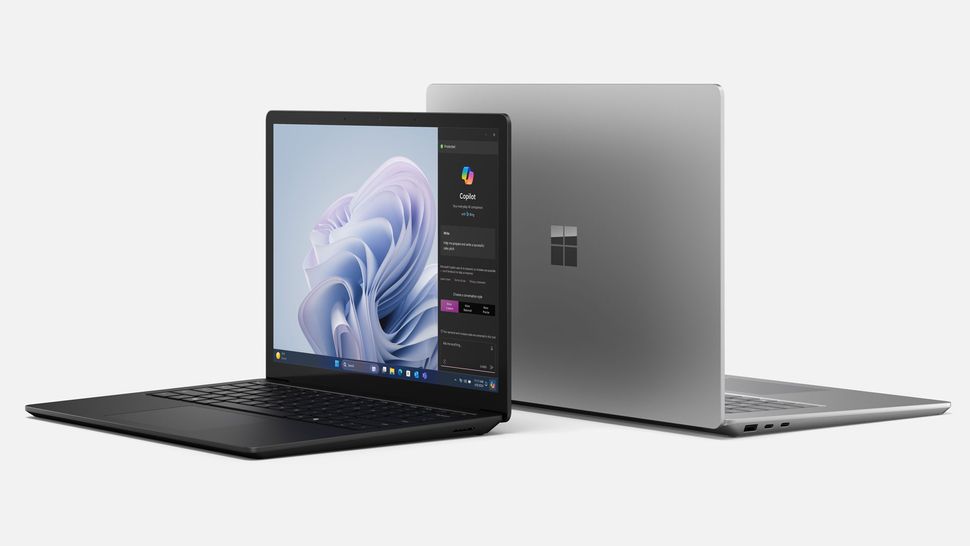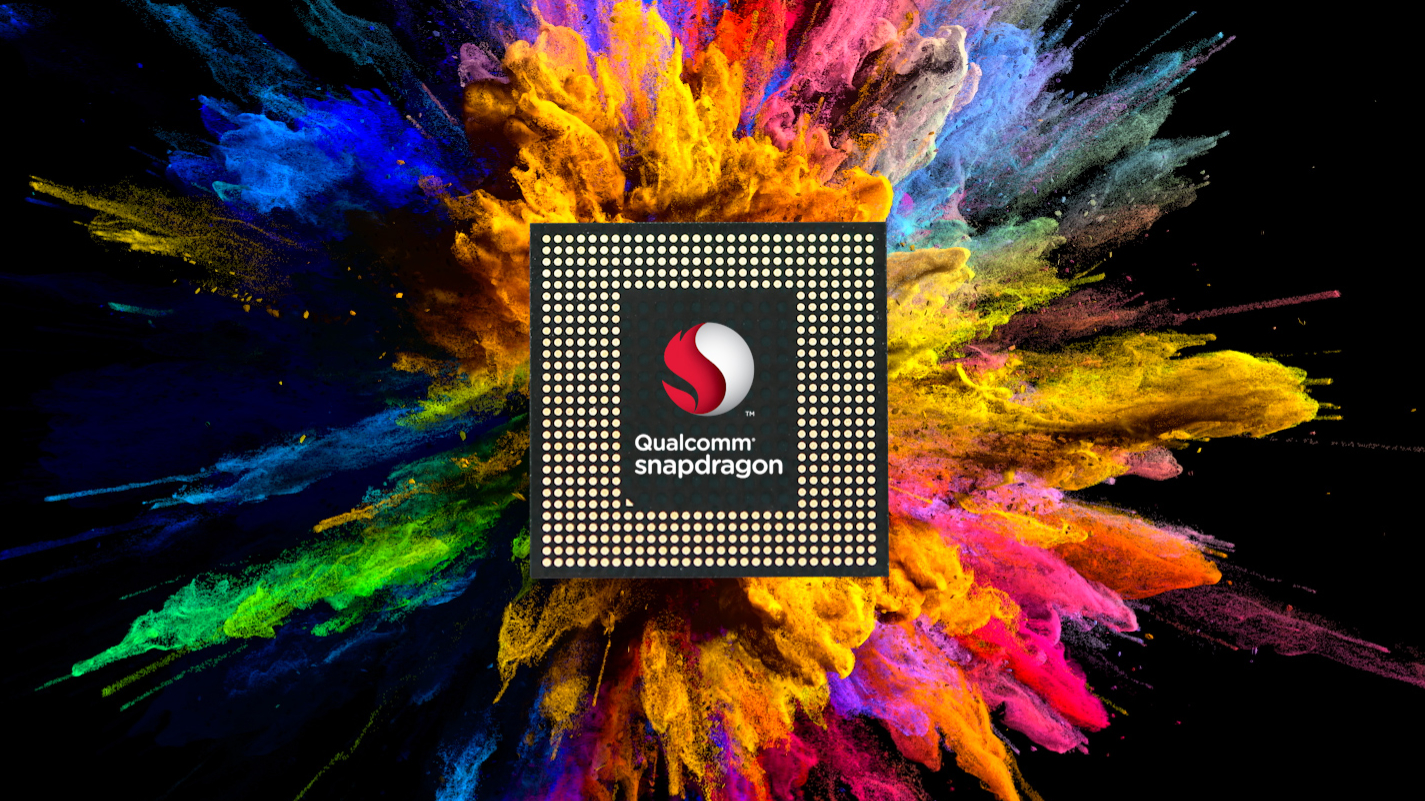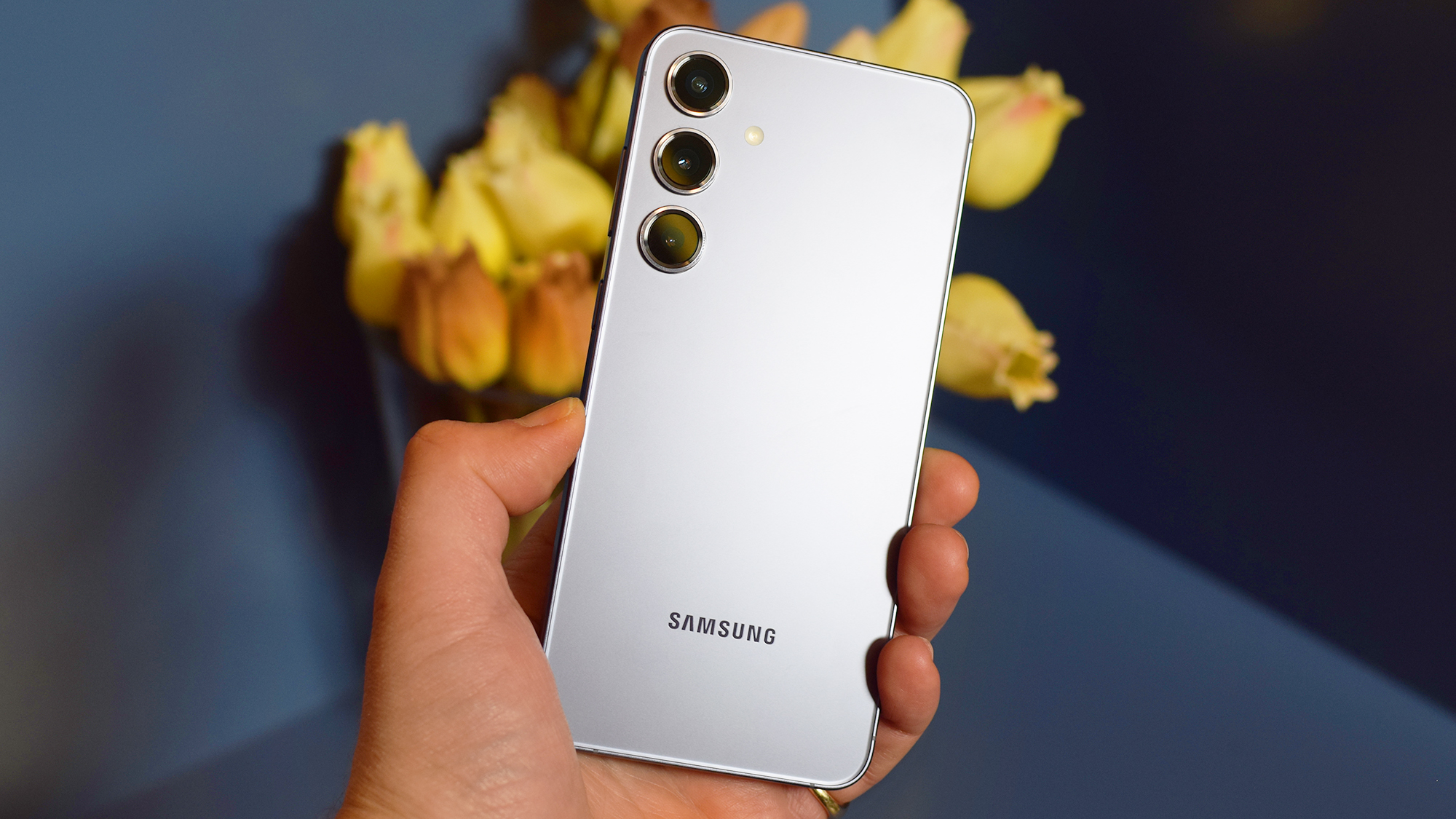Epic deal alert: Amazon has just reduced both the Google Pixel 8 and Pixel 8 Pro down to new record-low prices ahead of the retailer's upcoming Spring Deal Days sale.
Right now in the US, you can get the standard Pixel 8 for just $499 (was $699) and the Pixel 8 Pro for $749 (was $999) - both exceptionally low prices considering the power in both of these devices. For comparison's sake, the latest Samsung Galaxy S24 is $749 at Amazon right now so Google's devices are an absolute steal.
Over in the UK, shoppers can get the Google Pixel 8 for £504.99 (was £699) and the Pixel 8 Pro for £754.99 (was £999) thanks to some handy coupons you can apply at checkout. Again, these are record-low prices that are well worth checking out ahead of the big Amazon sale this Wednesday.
At $200 off, the standard Google Pixel 8 is a particularly great value buy with its superb cameras, 120Hz display, and Tensor G3 chipset. Sure, it doesn't quite match the S24 when it comes to outright power but it's a whopping $250 cheaper and it's plenty quick for everyday use.
The Pixel 8 Pro gets you a bigger display, more advanced camera features (mainly a much better zoom), and more RAM under the hood. These upgrades come at a high upcharge but it's worth it if you're an avid mobile photographer who loves a larger phone.
Plus, unlike most Google Pixel 8 deals you don't need to trade-in for either discount here - it's simply an upfront discount on an unlocked device that you can bring to any carrier or network you desire.
------
Amazon has just massively discounted both the Google Pixel 8 and Pixel 8 Pro this week thanks to the retailer's massive Big Spring Sale - so much so, in fact, that both devices are now down to a record-low price.
Over in the US, you can currently get the standard Pixel 8 for just $499 (was $699) and the Pixel 8 Pro for $749 (was $999), with huge discounts of up to $200. Both these are incredible prices for unlocked flagships and square up favorably to the competition. The Samsung Galaxy S24, for example, is currently $749 at Amazon.
Readers in the UK will be pleased with the retailer's exceptionally low price of just £504.99 (was £699) today, which again is record-low price. Note that you'll need to apply a coupon at checkout to get your full discount (it's an extra £50 off the current listing price). Unfortunately, the Pro model isn't also on sale right now in the UK, although we'll update this page if we spot anything else.
At $200 off, the standard Google Pixel 8 is a particularly great value buy with its superb cameras, 120Hz display, and Tensor G3 chipset. Sure, it doesn't quite match the S24 when it comes to outright power but it's a whopping $250 cheaper and it's plenty quick for everyday use.
The Pixel 8 Pro gets you a bigger display, more advanced camera features (mainly a much better zoom), and more RAM under the hood. These upgrades come at a high upcharge but it's worth it if you're an avid mobile photographer who loves a larger phone.
Unlike most Google Pixel 8 deals at the major carriers, you don't need to trade-in to get a discount with these Amazon discounts. They're simply upfront price cuts that anyone can take advantage of - and pair up with their plan of choice.
Google Pixel 8 at record-low price

Google Pixel 8 (unlocked): was $699 now $499 at Amazon
Pick up the excellent Google Pixel 8 for a record-low price at Amazon today thanks to this massive $200 discount. With an excellent pair of rear cameras, a 120Hz display, and a host of excellent AI-integrated features, the standard Pixel 8 is an absolute steal at just $500. Is it the most powerful device on the market? No, but it might just be the best value right now. Check out our Google Pixel 8 review to see why we recommend this excellent device.
In the UK: was £699 now £504.99View Deal

Google Pixel 8 Pro (unlocked): was $999 now $749 at Amazon
Looking for a more premium device? The Google Pixel 8 Pro is also down to a record-low price in today's sale at Amazon. While arguably not quite as good value as the standard device at $500, the Pro features more RAM, a bigger and more advanced display, and better lenses on the camera. It's a worthwhile upgrade - especially if you prefer a larger display on your phone. Head on over to our Google Pixel 8 Pro review for more details on this device.View Deal
Want to see what else is available this week? Check out our page for the best cell phone deals, which covers Samsung, Apple, and other leading brands too.




